Saudi Arabia, Kuwait Reiterate Claim Over Gas Field Shared With Iran

Saudi Arabia and Kuwait reaffirmed Thursday that they jointly own rights to a gas and oil field in the western Persian Gulf called Durra, also partially claimed by Iran.

Saudi Arabia and Kuwait reaffirmed Thursday that they jointly own rights to a gas and oil field in the western Persian Gulf called Durra, also partially claimed by Iran.
The official Saudi news agency SPA cited the foreign ministry as saying that both countries are renewing calls for Iran to engage in negotiations on the demarcation of the eastern border of the Gulf's maritime "Divided Area," SPA said.
Saudi Arabia and Kuwait will negotiate as one party, with Iran acting as the other side in the talks "in accordance with the provisions of international law," the Saudi foreign ministry added.
Iran has previously said it has a stake in the Durra field and called a Saudi-Kuwaiti agreement signed last year to develop it "illegal."
Called Arash in Iran and Durra or Dorra by Saudi Arabia and Kuwait -- the offshore field was discovered in 1967 and is estimated to have a total proven reserves of around 310 million barrels of oil and 20 trillion cubic feet of gas.
Iran said on Sunday it would pursue its rights over the field if other parties shunned cooperation, a few days after Kuwait's oil minister said his country would start drilling and begin production without waiting for border demarcation with Iran.
“If there is no willingness to cooperate, Iran will pursue its rights and benefits, including the exploitation and exploration of the Arash gas field, and will not tolerate any violation of its rights,” Javad Owji said July 30.
Tehran re-established diplomatic relations with Riyadh in March after a 7-year period of tensions, but the dispute over the energy field can create new complications.

A member of the Iranian parliament's National Security and Foreign Policy Committee says government’s promise to free frozen cash in South Korea has led to nowhere.
During the past year, Iranian officials including President Ebrahim Raisi said several times that the assets were to be released soon. However, this has repeatedly proved to be a tactic to defend a crumbling national currency.
Lawmaker Shahryar Haidari told the press Monday that "If Seoul does not pay back Iran's oil money, we might have to severe Iran's ties with South Korea." However, he did not say what can Iran gain by cutting off its ties with South Korea.
Two Seoul banks hold $7 billion from imports of Iranian oil that are frozen due to US financial sanctions on Tehran.
The frozen funds have been the subject of long negotiations between Tehran, Seoul and Washington over the past two years, as the Biden administration launched talks with Iran in April 2021 to revive the JCPOA. Many reports and statements point to possible release of the funds in exchange for several US citizens held hostage in Iran.
Both the nuclear and the prisoner release talks have not made meaningful progress. However, US officials say that efforts to secure the release of four Americans continue. Apparently, one US condition is to set up a mechanism for the disbursement of the funds for purchasing only non-sanctionable goods by Iran such as food and medicine.
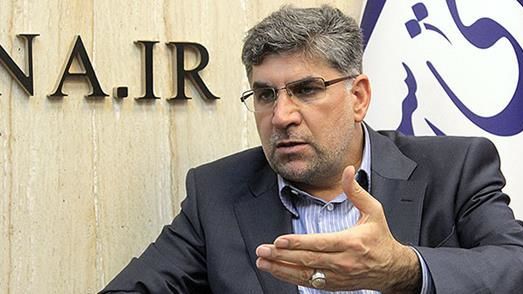
Haidari claimed that "Korea had promised to repatriate Iran's money via Oman. We accepted that solution, but the Koreans refused to send the money with various pretexts."
Iran’s government submitted a bill to parliament July 29 to approve sending the case of the frozen funds to arbitration.
Khabar Online website in Tehran wrote that $7 billion of Iran's oil money has been frozen in South Korea for four years, but despite Korea's willingness to continue its ties and trade with Tehran, it has not been able to return the money because of US sanctions.
Oman had offered to mediate between Iran, South Korea and the United States, but this has not been fruitful yet, apparently because Tehran and Washington have not reached a deal on releasing four Americans held in Tehran.
Iran badly needs hard currency to solve at least part of its daunting economic problems, which have given rise to political instability, including protests and strikes across the country.
In another development, former lawmaker Iraj Nadimi told Nameh News website that the government is under pressure by the people who ask if they have really sold a lot of oil and if Iran's frozen assets have been released why they cannot see its impact on the economy.
Nadimi stated that it is a legitimate demand by the nation to improve their living standards. They should know where Iran’s money is if frozen assets in Iraq and South Korea have been released. The US in June allowed Iraq, which also hold frozen funds to release $2.7 billion, but only to be used for non-sanctionable payments, meaning essential needs.
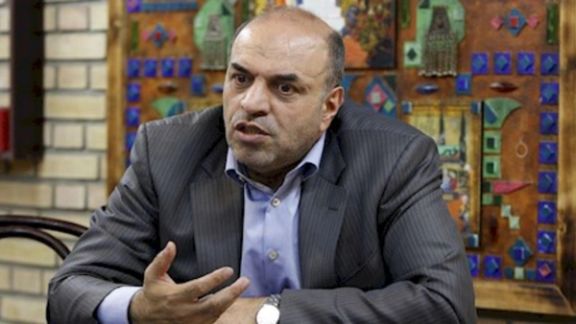
The Iranian government made a lot of fuss during the past two weeks by claiming that part of Iran's assets in Iraq was released and is now in Oman.
Meanwhile, Faraz daily website also questioned the government's claim and sarcastically asked: "Haven't the frozen assets been released?" The website further stressed that the government's announcement about filing a complaint and referring the matter to arbitration reveals that it has been lying to the nation so far about those assets.
In another development, Alaeddin Borujerdi, the Chairman of the Sino-Iranian Friendship Association, denied that Iran has frozen assets in China too. He claimed the two countries' central banks coordinate payments.
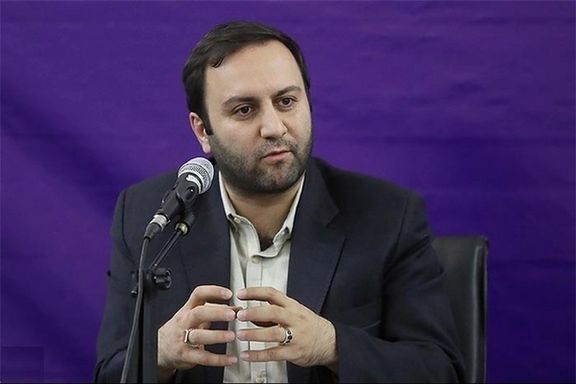
An Iranian lawmaker says identifying the culprits behind the livelihood pressure on citizens is a “secondary concern” and should not be “exploited by media opportunism”.
Referring to the alarming impoverishment of one-third of the Iranian population, Mohsen Pirhadi, the vice-chairman of the parliamentary committee for Iran’s Seventh National Development Plan said on Wednesday, "The rise in the country's population who live below the poverty line to 28 million is not solely attributable to policies implemented in the last two or three years."
Despite launching 12 development plans since the 1940s, aimed at building infrastructure, establishing key industries, and expanding public services and education, Iran still remains classified as a developing country, with an average economic growth rate of only 2.5 percent during the Islamic Republic.
Pirhadi further added that the impoverishment of such a significant portion of the population is a complex issue that “cannot be reduced to individual actions or political labels. Instead, it necessitates an in-depth examination and reevaluation of policies that have contributed to the economic decline of a substantial section of society.”
The "poverty line" in Iran represents the income level that covers the minimum essential needs of a household, with incomes below this line categorized as "absolute poverty." According to Iranian officials, the poverty line for residents of Tehran is approximately 300,000,000 rials (approx $600) per month, which is three times the minimum wage in Iran.
Like the other regime officials, he denied that the issue of widespread impoverishment is due to recent policies but said it is instead a result of various factors, including sanctions, the devaluation of the national currency, and management inefficiencies, which have accumulated over the past decade.

Iran's Migration Observatory has once again raised the alarm about the ongoing trend of brain drain.
Bahram Salavati, the director of the Observatory highlighted the regime's lack of attention towards the issue and revealed that the observatory's funding has been cut, and an order to vacate their building has been issued.
"We have spoken many times about the migration process of elites…, but unfortunately we have been condemned," said Bahram Salavati expressing his frustration over the lack of support for their efforts to mitigate the brain drain phenomenon.
Ali Hosseini, the Deputy Director of Human Capital Development of the International Science and Technology Interaction Center, also admitted the lack of efforts by the regime to combat the reduction of migration.
Hosseini also raised concerns about the potential return of seven million Iranians living abroad, questioning whether the country has the necessary capacities to absorb and effectively utilize its valuable human resources.
However, according to a survey conducted by the Iranian Migration Observatory, the desire to return to the country is diminishing, with only 14% of Iranians abroad having a definite desire to come back. A significant 62% expressed no intention of returning, while 24% were undecided. Moreover, over 90 percent of respondents did not believe in the government's promises regarding the utilization of the potential of Iranians living abroad.
In March, the institute's research claimed that the UAE hosts the highest number of Iranians living abroad with over 450,000 Iranian-born residents, followed by the US, Canada, Germany, Turkey and the UK, as Iranians seek a better quality of life.

Iran’s two-day shutdown was announced as a measure to reduce health risks, but many believe it is a ruse to distract from electricity, gas and water shortages.
The Iranian government has declared a national holiday on Wednesday and Thursday, with speculations that it could extend to Saturday, claiming that the move is to safeguard the well-being of its citizens as temperatures soar.
Pedram Pakain, the spokesperson of the Health Ministry, said the holidays may be extended due to the heatwave, a statement reiterated by Interior Minister Ahmad Vahidi.
Social media, where Iranians still freely voice their thoughts on the truths behind the regime's trickery, saw many voicing concern that the national holidays could be a prelude to raise fuel prices, an impending eventuality that the government keeps postponing in fear of its consequences.
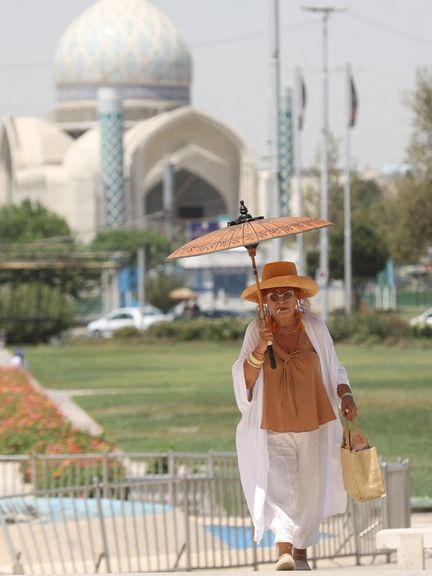
Iranians have seen far hotter days and no shutdowns in the past. Reformist activist and former political prisoner Hadi Mehrani shared a letter by Iran’s Prosecutor-General Mohammad Jafar Montazeri, who has ordered prosecutors across the country to summon leaders of Women, Life, Liberty protests – the ones no longer in prison – to warn them against organizing fresh protests ahead of the anniversary of the death of Mahsa Amini that sparked the uprising in September. He suggested that the holidays may be related to the mass call-out.
Payam-e Ma newspaper cited an informed yet unnamed source from the Energy Ministry as saying that the reason behind the shutdown was the country's electricity shortages. The constant rise in temperatures and decrease in rainfall across the country in the last decade have made electricity supply a challenge during peak consumption periods that happen in summers in Iran. In July, Iran’s electricity usage hit a record of 72,500 megawatts, increasing strain on power grids that were already struggling to meet demand.

"High temperature and increased electricity consumption in the past days have led the hydroelectric power plants of Karun-3 and Karun-4 dams – on the Iranian river with the highest water flow -- to produce electricity beyond their nominal capacity," the daily said. The power plants were reportedly generating electricity for more than 20 hours per day in the past several days, leading to a "depletion of water resources," which caused the plants to "temporarily cease production."
Power plant capacity and fuel supply are both inadequate to meet demand, and blackouts regularly happen in summer. Even so, Iran exports electricity to Iraq. In dire need of significant investment, Iran's electricity sector has failed to realize its annual growth plan for several years in a row, while consumption continues to grow, in part driven by extremely low prices.
The country needs at least five to seven percent electricity generation growth annually to address the increase in domestic demand. It has been an ongoing problem for the country which has one of the biggest natural oil and gas reserves in the world. In 2021, mass protests erupted after nationwide blackouts. With current tensions and an ongoing economic crisis, another mass breakdown could revive the unrest which has swept the country since September.
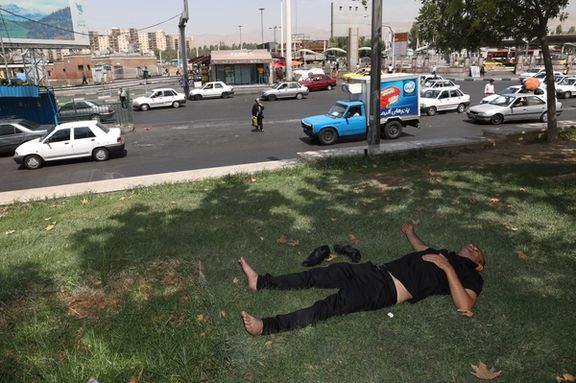
Iranian environmentalist Kaveh Madani -- the former deputy head of Iran's department of environment who heads the United Nations University Institute for Water, Environment and Health, reacted to the theories in a thread of tweets on Wednesday, stating that Iran’s bankruptcy of water, electricity, and gas cannot be solved by simply shutting down the country.
“Even if you build hundreds of dams, without proper management, the water will eventually run out!” he said, explaining that the problem of “Iran’s water, gas and electricity bankruptcy cannot be solved by shutting down just as the problem of dust and air pollution was not solved by shutting down.”
Madani added that the roots of Iran’s gas bankruptcy bear striking resemblance to the roots of its water bankruptcy but there is a crucial difference in the water and energy sectors: Iran's water is naturally limited, but the country holds one of the world's largest natural gas reserves.
Echoing the same argument, Nikahang Kowsar, a water issues analyst, told Iran International that a lack of planning for the use of renewable energy and disregarding climate change in the regime’s development policies have brought Iran to a point of no return.
No matter what the reason behind the shutdowns, Iranians are worried. Worried that it may be a ploy to avert their attention from something bigger and worried that regular shutdowns will be their new normal because they have seen that the regime is incapable of solving such problems for good.
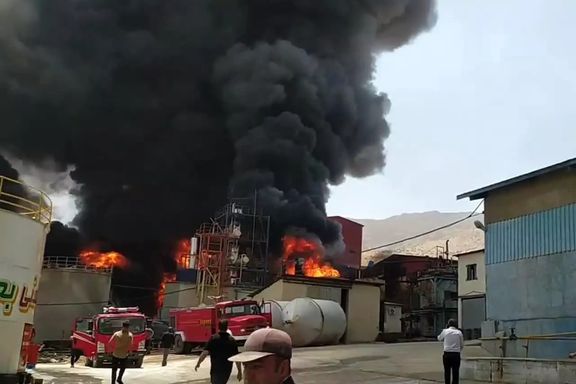
A massive fire erupted at an industrial zone in Doroud, southwest Iran on Wednesday leaving two people hospitalized.
An official from the Lorestan provincial authority said the fire occurred in the tanks of the Gohar petro-refinery with 16 fire trucks dispatched to the scene. The cause of the blaze remains unknown.
Farhad Ziviar, the governor of Lorestan said all available equipment in Lorestan province, as well as neighboring provinces such as Markazi were mobilized to control the fire. Speaking from the scene, he said there were concerns about the spread of the fire to the gasoline tanks located in the vicinity.
In recent years, there have been a number of explosions and fires near Iran's military, nuclear, and industrial facilities.
In March, there was a large fire at three warehouses belonging to a home appliances manufacturer and in January, a huge fire broke out at an Iranian military industry factory in Esfahan in what was believed to be a suspected drone strike. Iran blamed the strike on Israel though the claims were never confirmed.